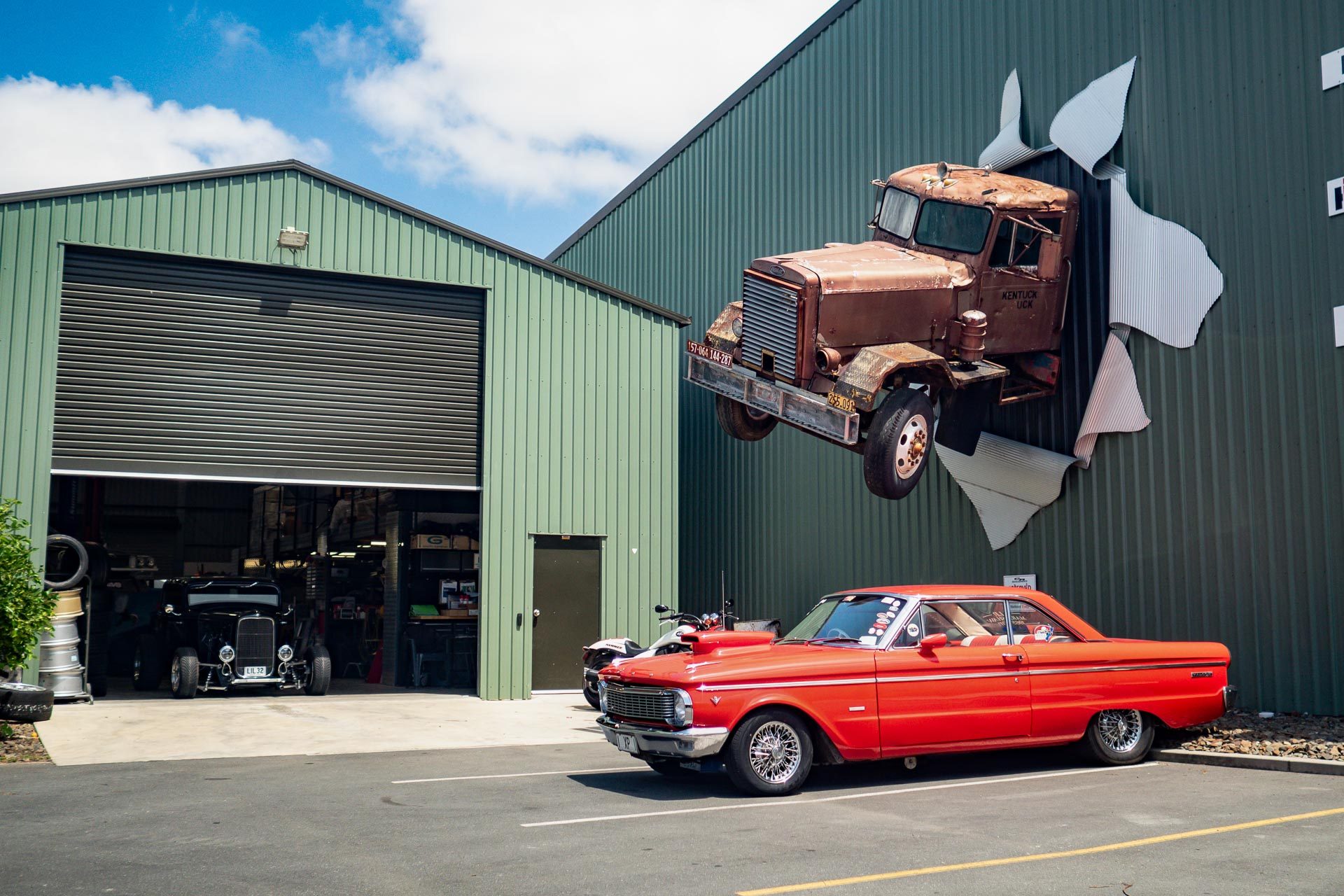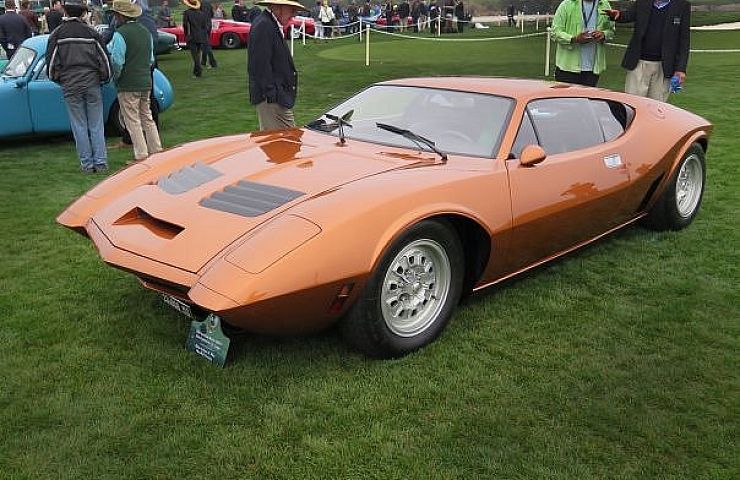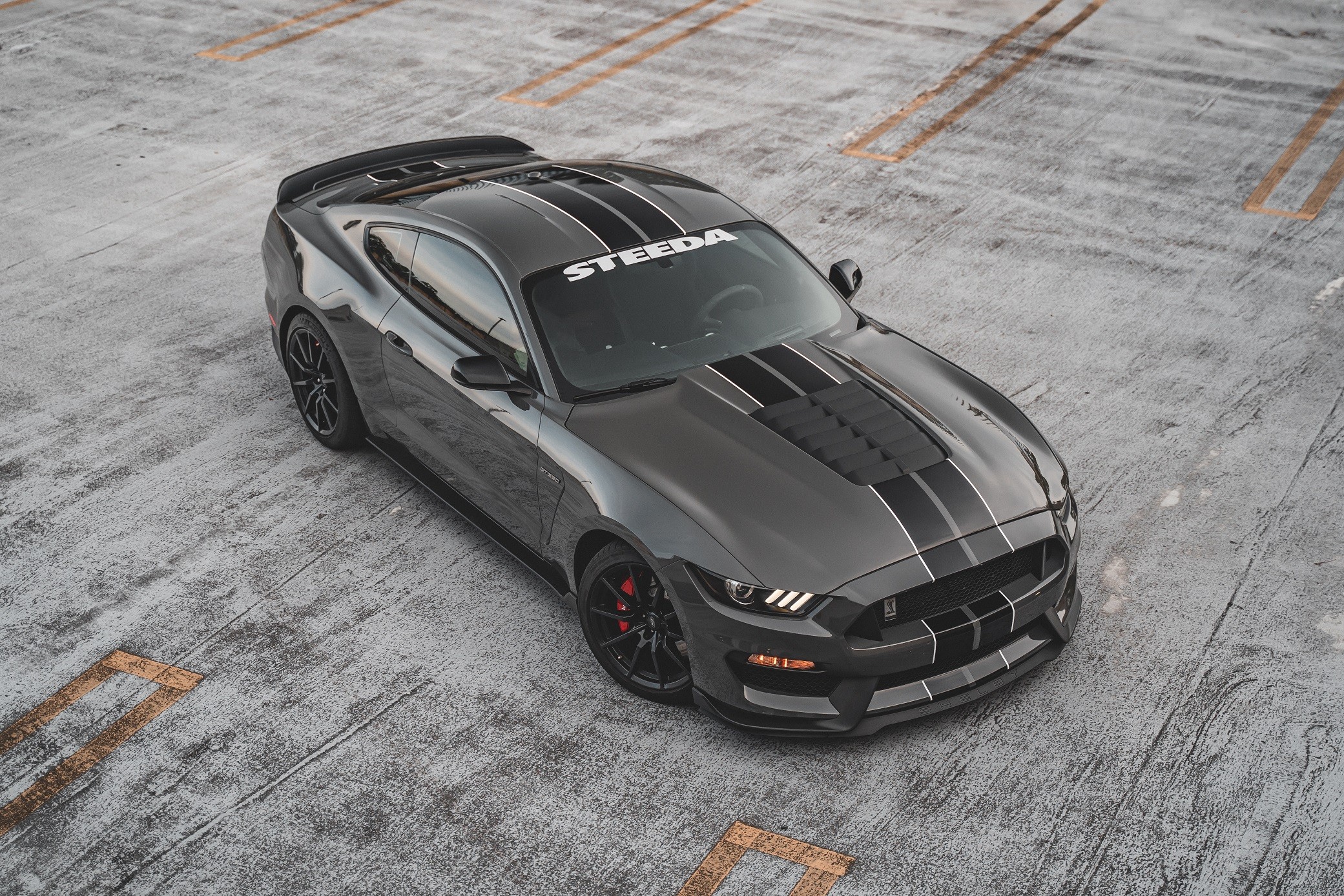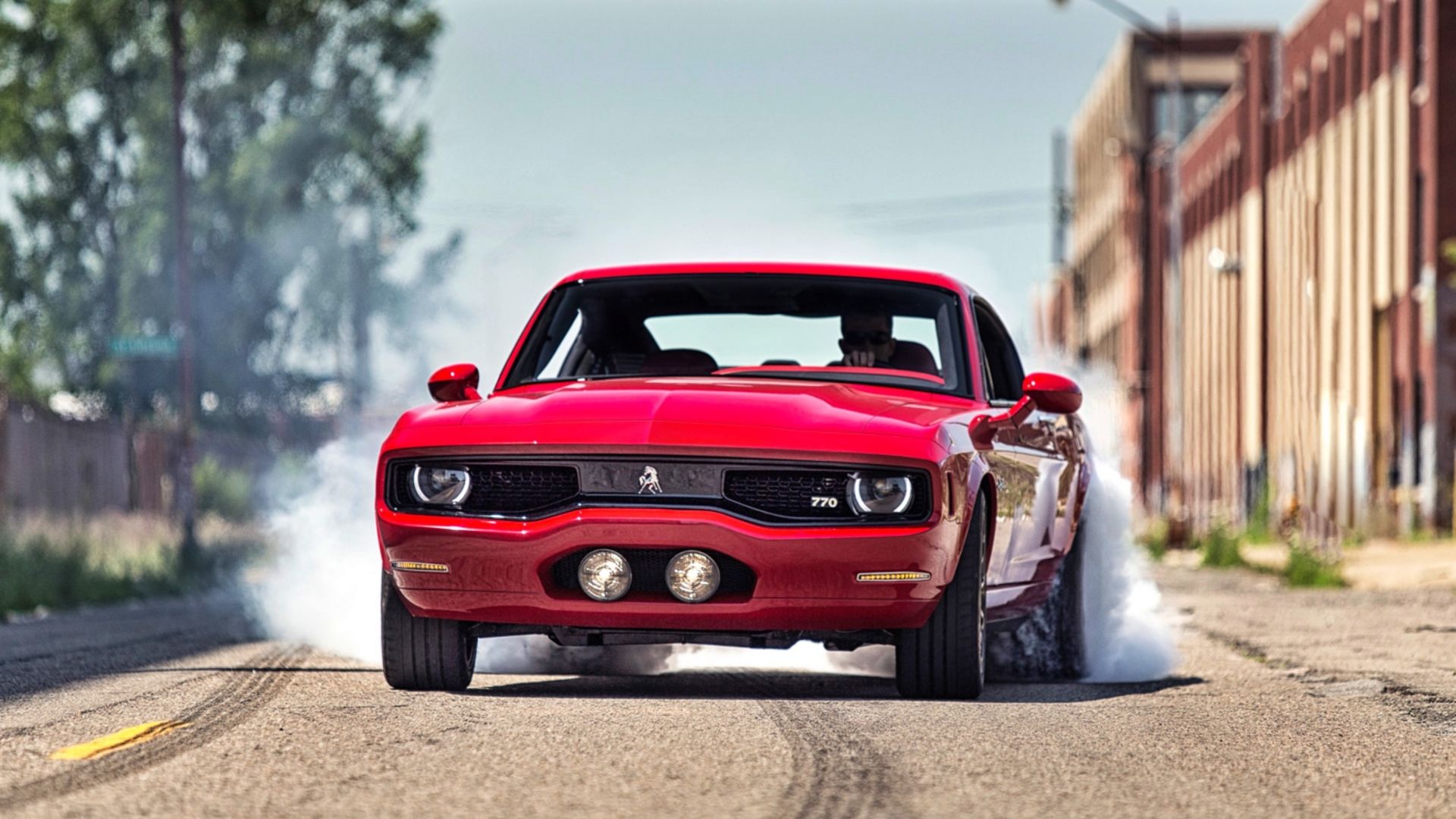Prior to the 1980s, most domestic cars and light trucks had transmissions with a 1:1 ratio in high gear, which means that the car’s driveshaft will turn the same speed as the engine. This 1:1 ratio served us well for fifty years or more. As oil prices rose and the country as a whole became increasingly concerned about the amount of air pollution coming from our vehicles, automakers began to look towards overdrive transmissions as part of the solution.
With an overdrive transmission, the top gear is less than a 1:1 ratio, which means that the driveshaft will turn at a faster speed than the engine. For example, if you have a car without overdrive and a 1:1 top gear ratio, a 3.08 axle ratio, and a 26″ tall tire, your engine speed at 70 MPH is about 2750 RPM. The typical overdrive in a domestic car is about a 0.70:1 ratio, which means that in top gear the driveshaft will turn 42.9% faster than engine speed (1 divided by 0.70 = 1.429). In the same car with an overdrive transmission and a 0.70:1 top gear ratio, engine speed at 70 MPH is reduced to 1925 RPM! That is 825 fewer RPM, a reduction of almost one-third.
This reduction in engine speed has several advantages:
1.) Lower fuel consumption – on the highway, your engine will use roughly one-third less fuel.
2.) Lower emissions – on the highway, your engine will emit roughly one-third less pollution.
3.) Longer engine life – all other things being equal, your engine theoretically has a life that consists of a certain number of revolutions. You are going the same distance as before, but using fewer of those revolutions to get there.
4.) Longer accessory life – your water pump, alternator, power steering pump, A/C compressor, and smog pump (if equipped) are all turning at a lower RPM and should last longer.
5) Less cabin noise – an engine turning at a lower RPM will be quieter, making the trip less stressful. It is easier to have a conversation, and you can actually hear the radio!
There are a few minor trade-offs, though. The engine will have less power for passing and going up hills when the transmission is in high gear, so downshifting will be necessary at times. Most overdrive transmissions are slightly heavier than their non-overdrive counterparts, too, but this difference is negligible in most cases.
All in all, overdrive transmissions have been one of the biggest improvements to be made to domestic cars in the last thirty years. They have made a larger difference in highway fuel economy than fuel injection and computerized engine controls. There are a number of companies such as Keisler Engineering that have made a good business out of providing overdrives to retrofit into classic musclecars and street rods! Given the advantages of overdrive transmissions, my biggest question is why the automakers didn’t offer them sooner!






More Stories
Muscle Car Collecting Tips for the Ultimate Car Hoard
Rare Muscle Cars Unveiling Hidden Automotive Treasures
Muscle Car Upgrades Transform Your Ride for the Better